About the Need Knower
Mr. Pema Chhogyel, a visually impaired person, who lost vision at the age of three.
Working actively in his role, he advocate and oversee programs related to inclusive and special education.
He seeks a solution; a smart cane project
Background
He is currently serving at Ministry of Education and Skill Development for Special Education Purpose.
Characteristics
Need Knower embodies a proactive, engaging, and independent approach, leveraging passion to drive in assistive technology for the visually impaired.
Individuals involved in the Production
Kamal K Chapagai
Ngawang Zangphel
Dawa Zangpo
Chimi Yesh Lhaden
Tenzin Yonten
Pelden Wangchuck
Dawa Seldon
Punam Subba
Refined Targeted Activity
Targeted Activity
Daily commuting from home to the office and vice versa.
Why the activity is difficult now?
The need knower faces challenges due to obstacles such as walls, people, animals, and drains. These obstacles make independent navigation difficult, posing risks of accidents.
Things to be shared within the team
-The need knowledge specific needs, preferences, and challenges.
- The importance of customization of design and dimension for the cane to suit user height and preferences.
- Integration of sensors (Two ultrasonic and one PIR) for obstacle detection.
- The importance of customization of design and dimension for the cane to suit user height and preferences.
- Integration of sensors (Two ultrasonic and one PIR) for obstacle detection.
Points to focus on in production
-Proper anthropometry including customizable length up to chest height.
- Collapsible or folding design for portability.
- Using wood as cane material.
- Attachment at the top with sensors to prevent collisions.
- Collapsible or folding design for portability.
- Using wood as cane material.
- Attachment at the top with sensors to prevent collisions.
References
- Research on existing smart canes in the market.
- Case studies of successful assistive technology implementations.
- Case studies of successful assistive technology implementations.
Processes Involved
Discovery and Needs Assessment
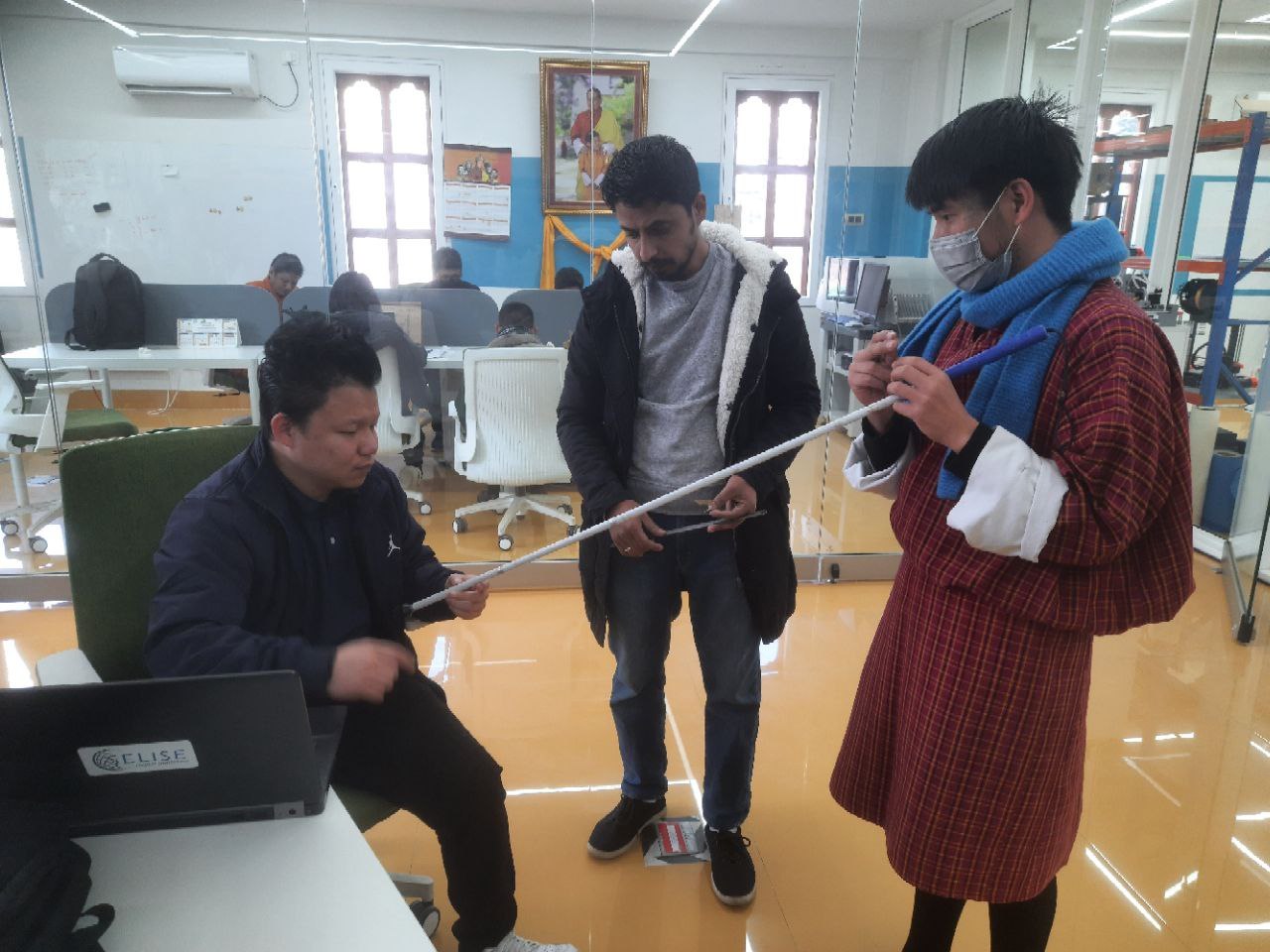
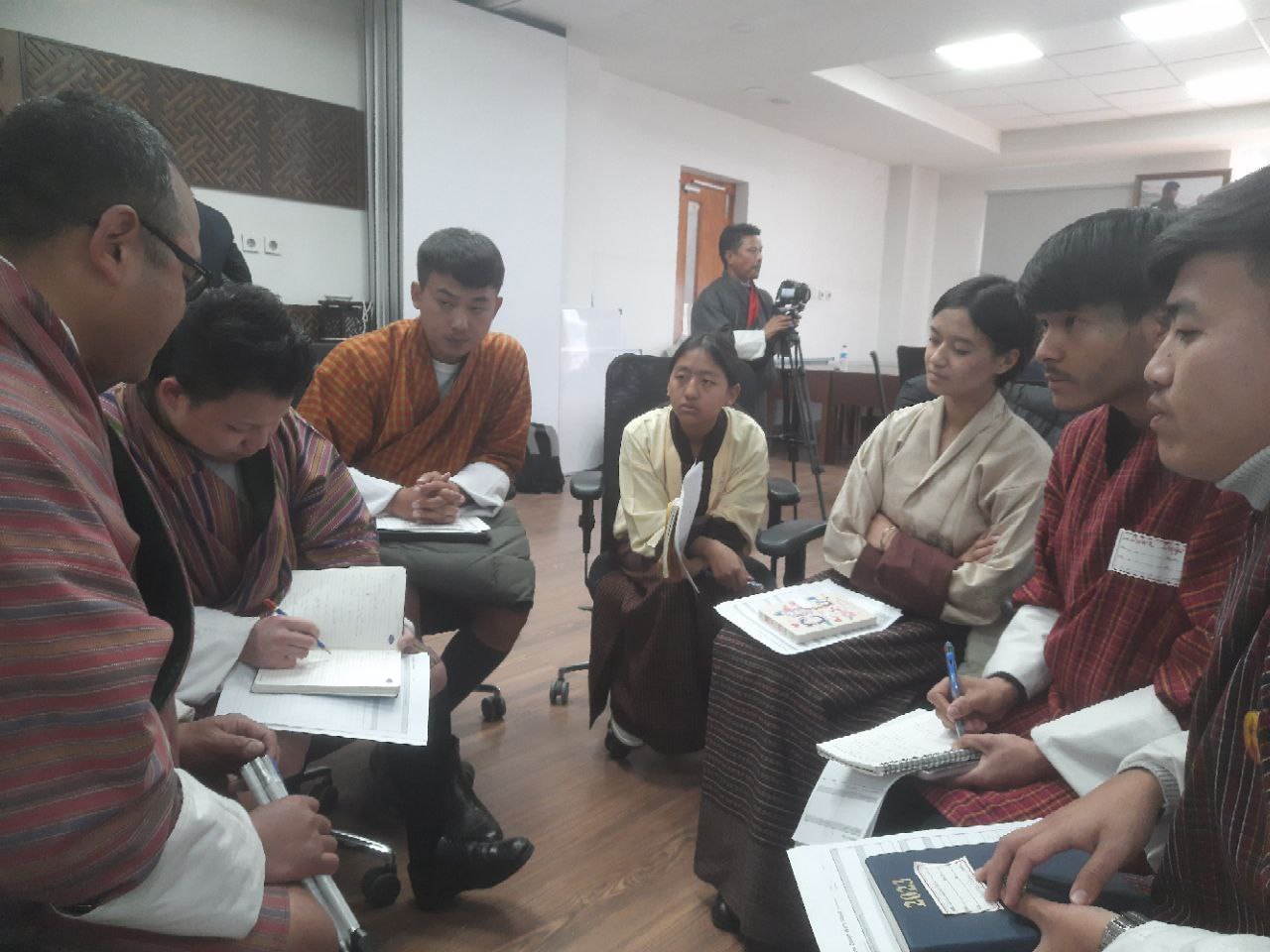
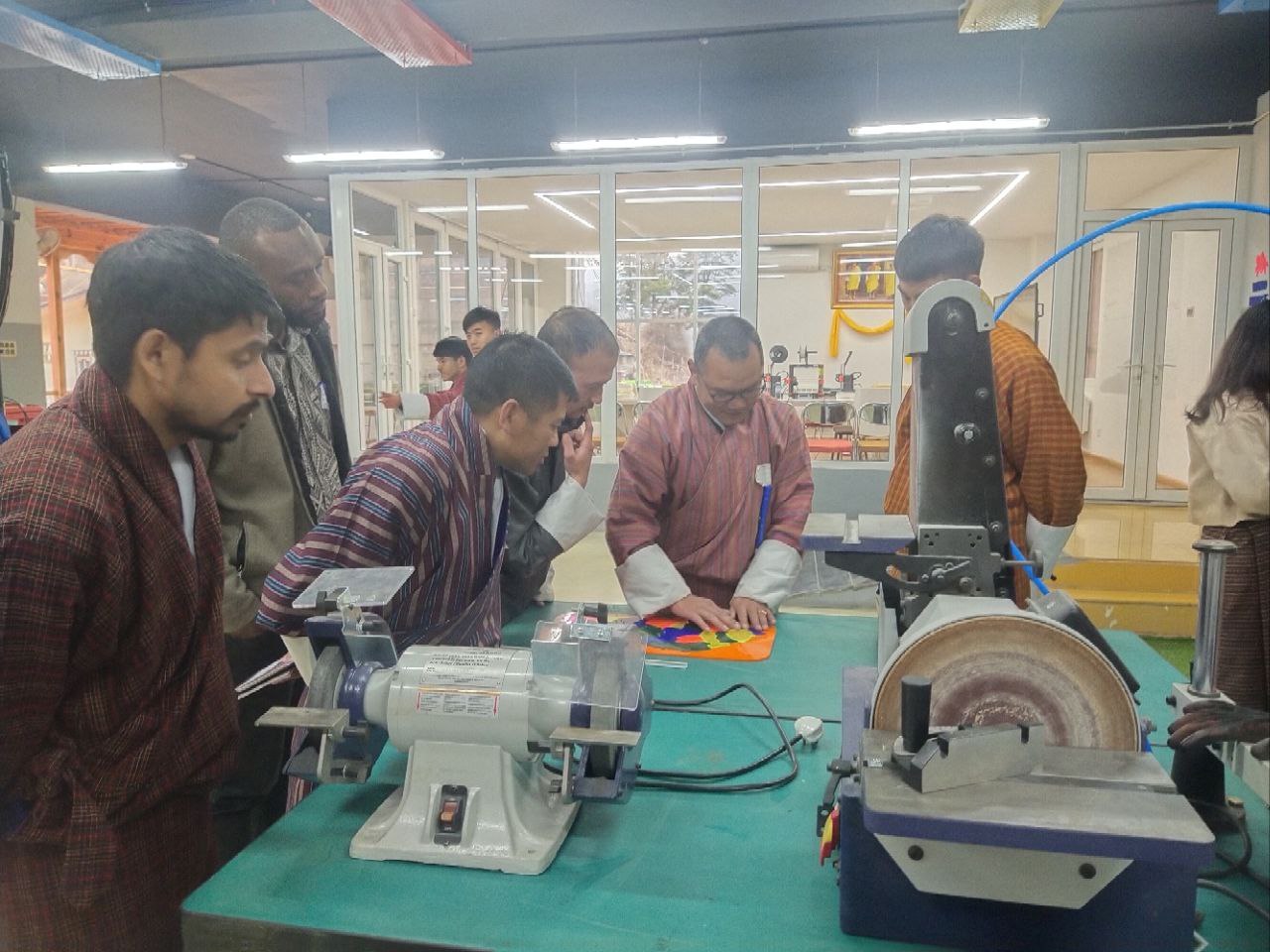
The team conducted interviews with the need knower to gain valuable insights into the challenges confronted by visually impaired individuals. These interactions informed the team about the specific requirements for enhanced mobility aids.
Conceptualization and Design
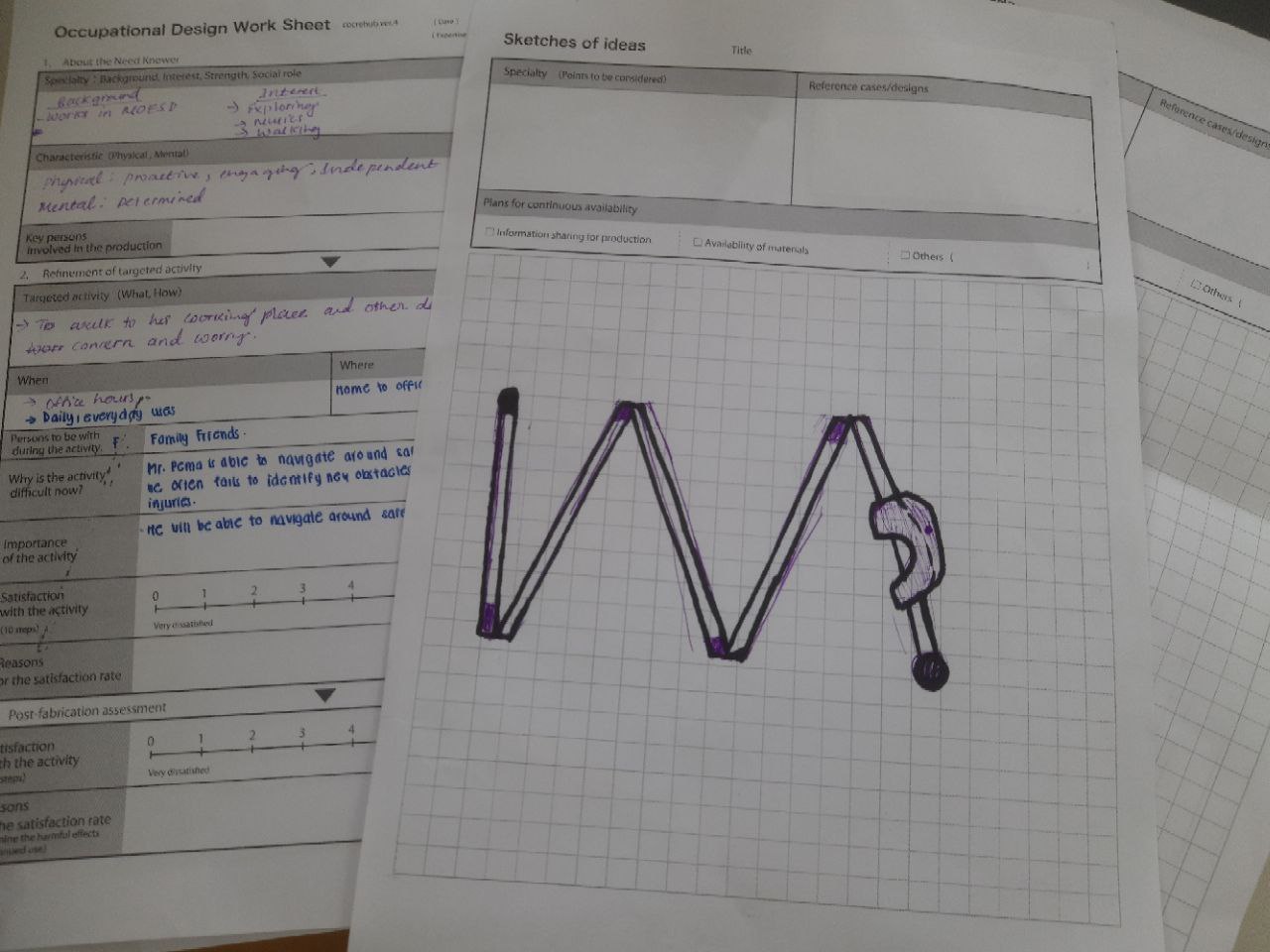

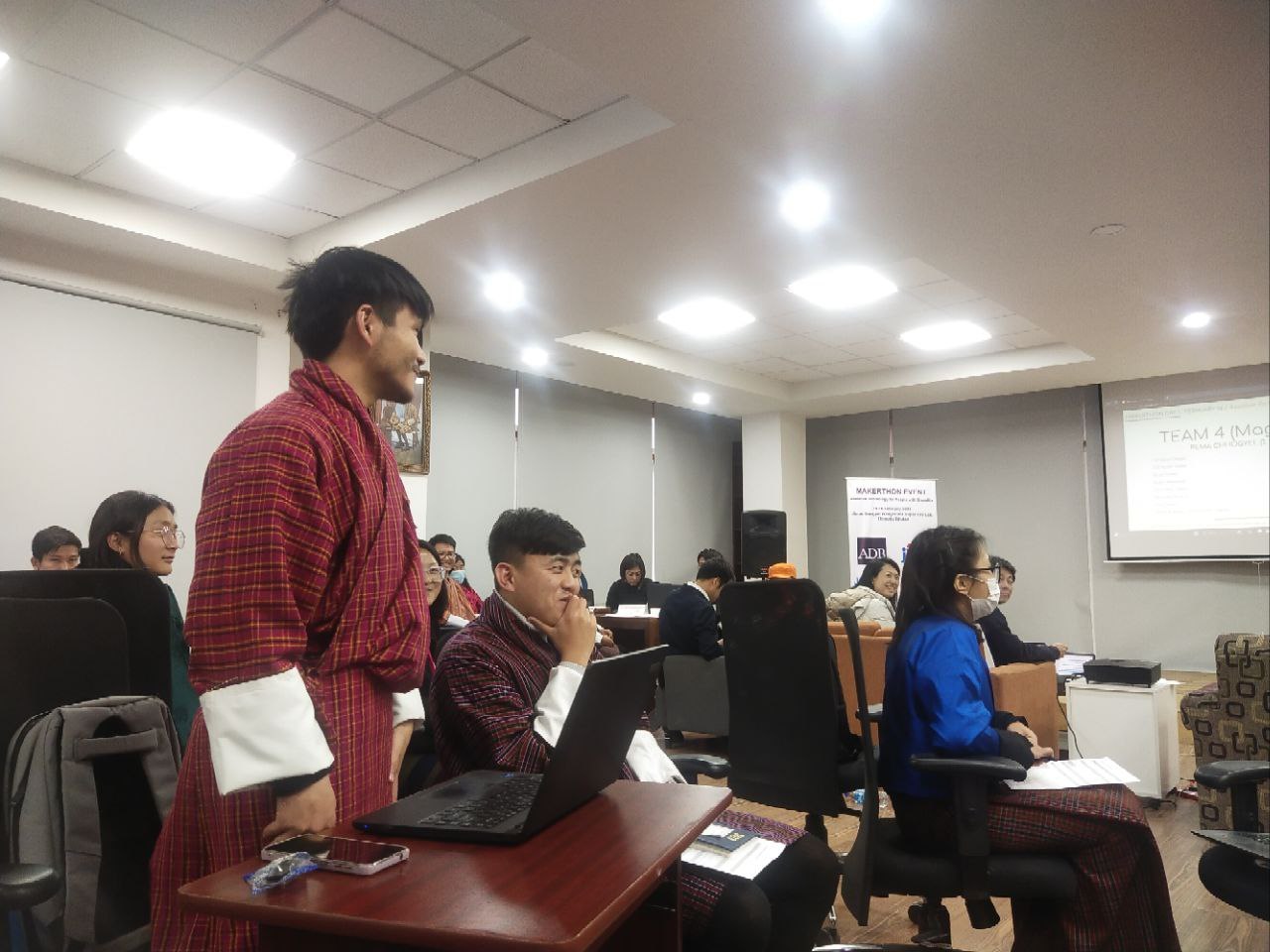
Through brainstorming sessions, the team generated ideas for the cane's design and sensor functionalities, aiming to address the needs.
Idea: the cane with advanced ultrasonic and PIR sensors, utilizes obstacle detection features, empowering individuals navigate their environment.
Encountering Challenges
Various obstacles, such as time limitations and resource scarcity, emerged during the project's execution, impeding the realization of the product's full potential. Despite these challenges, the team actively looked for resolutions.
Prototype


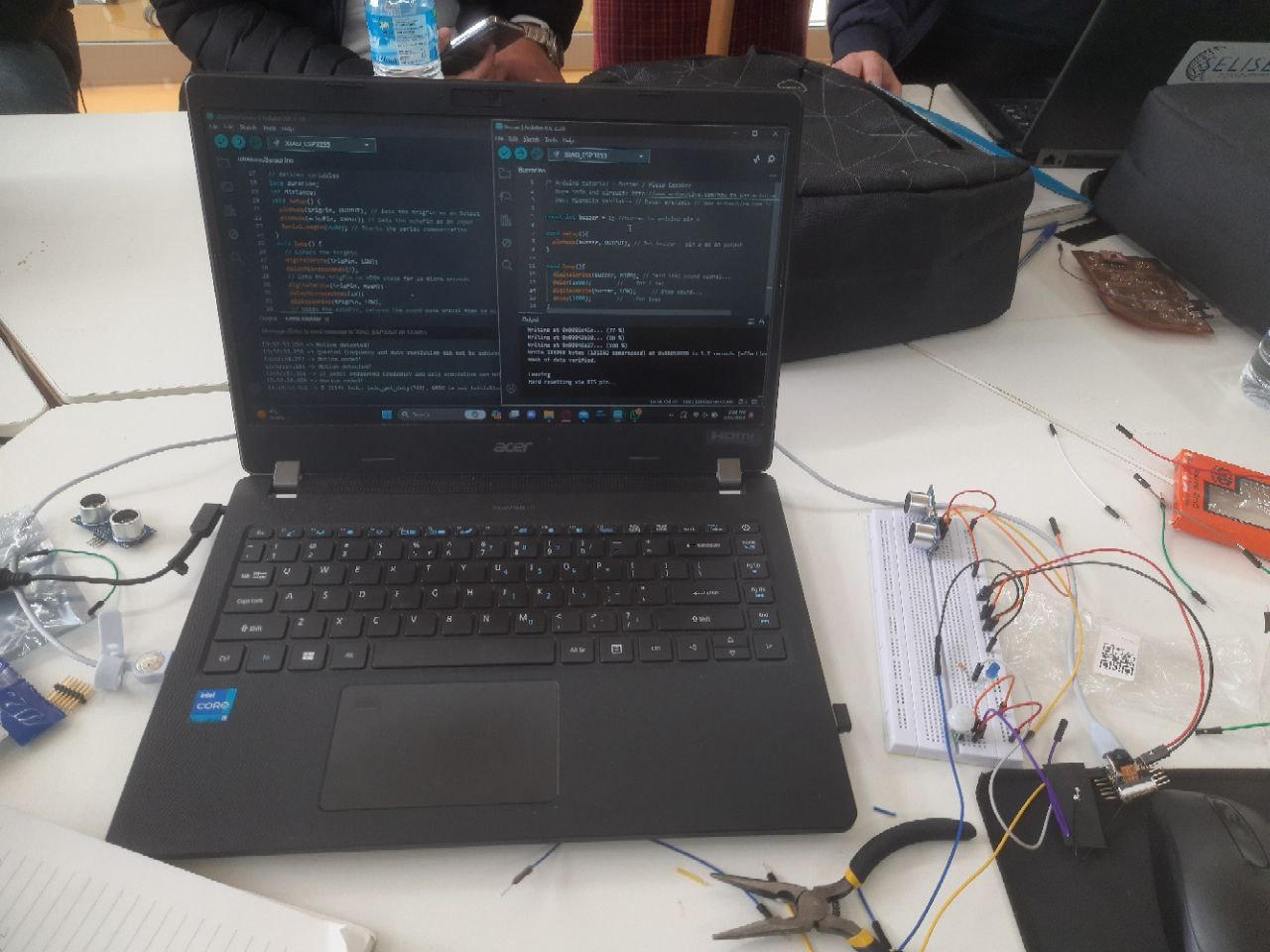

-The team used Tinkercad, and created a sensor holder case.
-With 3-D printing machine, the case was materialised.
- Integration of TinyML and sensors into the attachment.
- Fixation of the attachment to the Wooden cane.
- Fixation of the attachment to the Wooden cane.
Prototype files:
Future Plans
- Continued testing and refinement based on feedback.
- Collaboration with special education programs and organizations.
- Consideration of thin film solar plates for recharging.
-Exploration of animal, person, wall, and drain differentiation in obstacle detection with TinyML.